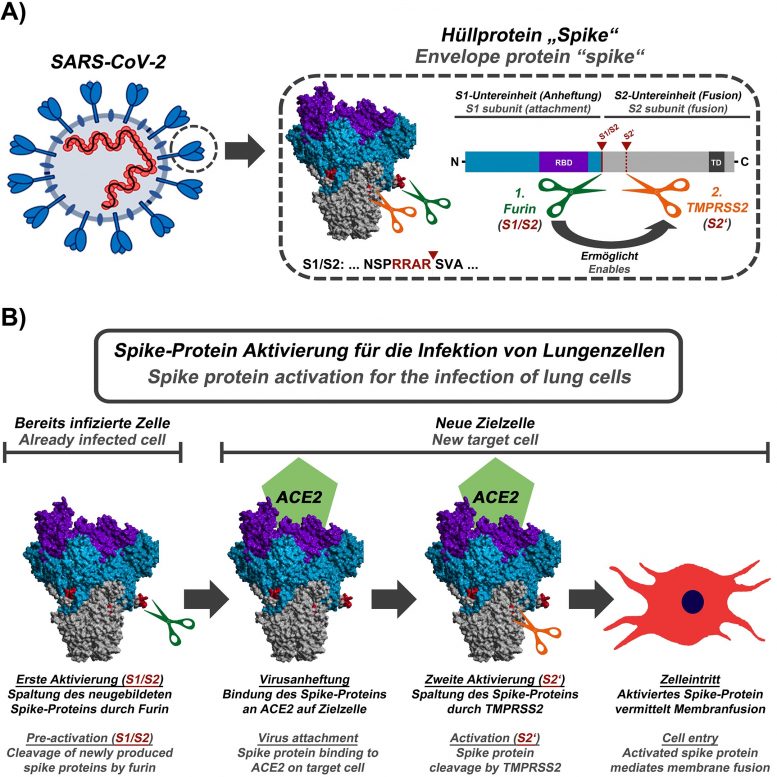
(A) Schematic representation of SARS-CoV-2, the viral spike protein and the cleavage sites for furin (green, S1/S2 position; the cleavage sequence is shown below the protein structure) and TMPRSS2 (orange, S2′ position). (B) First, in already infected cells, the enzyme furin cuts the spike protein at the S1/S2 site. The spike protein then mediates viral attachment to a new host cell. In order to efficiently enter the cell, the spike protein still needs to be activated by the enzyme TMPRSS2. Activation by TMPRSS2 is only possible if the spike protein has previously been cleaved by furin. Credit: Markus Hoffmann
Infection researchers from the German Primate Center identify starting points for vaccine development and therapy.
The SARS coronavirus 2 (SARS-CoV-2) infects lung cells and is responsible for the COVID-19 pandemic. The viral spike protein mediates entry of the virus into host cells and harbors an unusual activation sequence. The Infection Biology Unit of the German Primate Center (DPZ) – Leibniz Institute for Primate Research has now shown that this sequence is cleaved by the cellular enzyme furin and that the cleavage is important for the infection of lung cells. These results define new starting points for therapy and vaccine research. In addition, they provide information on how coronaviruses from animals need to change in order to be able to spread in the human population (Molecular Cell).

Prof. Stefan Pöhlmann, Head of the Infection Biology Unit at the German Primate Center. Credit: Karin Tilch
The new coronavirus SARS-CoV-2 has been transmitted from animals to humans and is spreading worldwide. It causes the new lung disease COVID-19, which has already killed over 200,000 people. The spike protein on the virus surface serves as a key for the virus to enter host cells. It facilitates viral attachment to cells and fuses the viral with a cellular membrane, thereby allowing the virus to deliver its genome into the cell, which is essential for viral replication. For this, activation sequences of the spike protein need to be cleaved by cellular enzymes, called proteases. The spike protein of SARS-CoV-2 carries an activation sequence at the so-called S1/S2 cleavage site, which is similar to those observed in highly pathogenic avian influenza viruses, but which has so far not been found in viruses closely related to SARS-CoV-2. The importance of this sequence for the virus was so far unknown.
In their current study, the infection biologists of the German Primate Center led by Markus Hoffmann and Stefan Pöhlmann were able to show that the S1/S2 activation sequence of the SARS-CoV-2 spike protein is cleaved by the cellular protease furin and that this cleavage event is essential for the infection of lung cells. It is also important for the fusion of infected cells with non-infected cells, which might allow the virus to spread in the body without leaving the host cell.
“Our results suggest that inhibition of furin should block the spread of SARS-CoV-2 in the lung,” says Stefan Pöhlmann, head of the Infection Biology Unit at DPZ. “Furthermore, our present study and previous work demonstrate that the virus uses a two-step activation mechanism: In infected cells, the spike protein has to be cleaved by the protease furin so that newly formed viruses can then use the protease TMPRSS2 for further cleavage of the spike protein, which is important for the entry into lung cells.”

Dr. Markus Hoffmann, scientist at the Infection Biology Unit of the German Primate Center. Credit: Karin Tilch
Development of live attenuated vaccines
For a live attenuated vaccine to trigger a strong immune response, it has to be able to replicate in the body to a limited extent, for example locally at the site of injection. “SARS-CoV-2 variants, in which the activation sequence for furin has been removed, could be used as a basis for the development of such live attenuated vaccines, since the lack of cleavage of the spike protein should greatly limit the spread of the virus in the body. A sufficiently attenuated virus would no longer be able to cause disease, but would still enable the immune system to react to the pathogen and, for example, produce neutralizing antibodies,” says Markus Hoffmann, first author of the study.
Risk assessment
In wildlife, especially bats, a large number of coronaviruses that are closely related to SARS-CoV and SARS-CoV-2 have been discovered over the past 20 years. However, so far an S1/S2 activation sequence that can be cleaved by furin has only been detected in SARS-CoV-2. “Wildlife sampling and the targeted search for coronaviruses with a focus on the S1/S2 activation sequence is necessary to identify those viruses that have the potential to infect and efficiently spread in humans. In addition, in the case of potential future coronavirus outbreaks, we should specifically analyze the S1/S2 cleavage site as it might serve as a marker for human-to-human transmissibility,” says Markus Hoffmann.
Reference: “A Multibasic Cleavage Site in the Spike Protein of SARS-CoV-2 Is Essential for Infection of Human Lung Cells” by Markus Hoffmann, Hannah Kleine-Weber and Stefan Pöhlmann, 1 May 2020, Molecular Cell.
DOI: 10.1016/j.molcel.2020.04.022

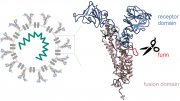
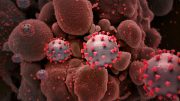



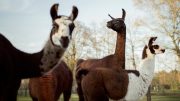
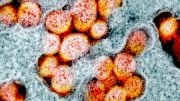
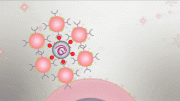
You’ve got way too much information to say it was random. It is written, so it must be so? Not a sheople sorry.
Swine flu; Avain flu, as well every seasonal flu over the span of 39 years. I Have worked them all including SARS and MERES. The one thing most of the above mentioned have in common is they originated in China. And now we are plagued with Covid-19. Originally the government refused the help of the International medical community to help stop the spread all while keeping most of the vital information about human exposure out of the general conversation. This action disallowed some of the best medical talent in the world to access and sequence the DNA, which was a significant factor in the creation of the worst pandemic in a century. As in the the above comment there is too much info that has been revealed that would lead one to believe this was just some random event that occurred by chance.